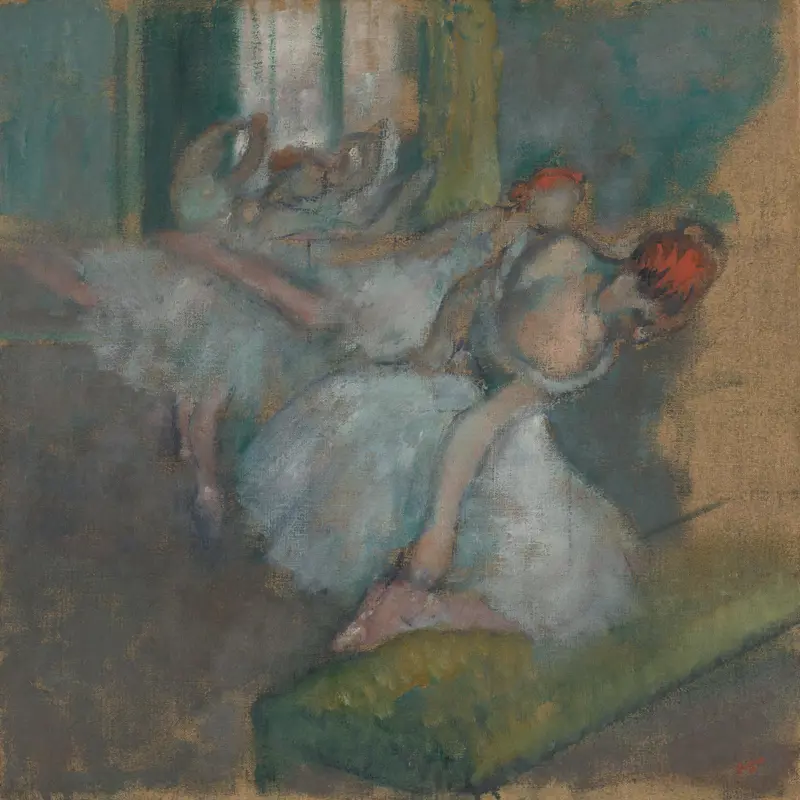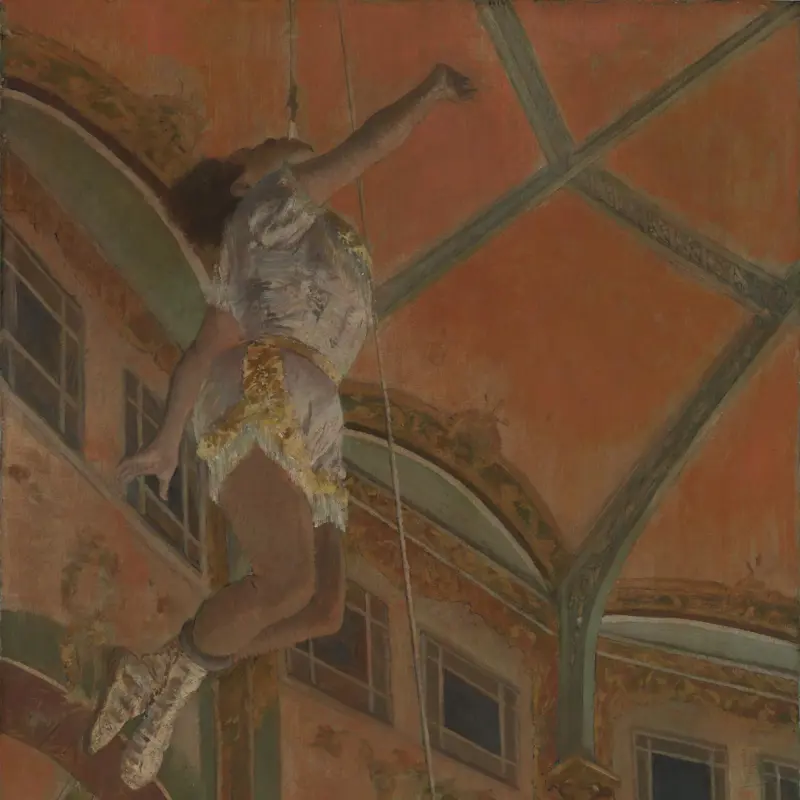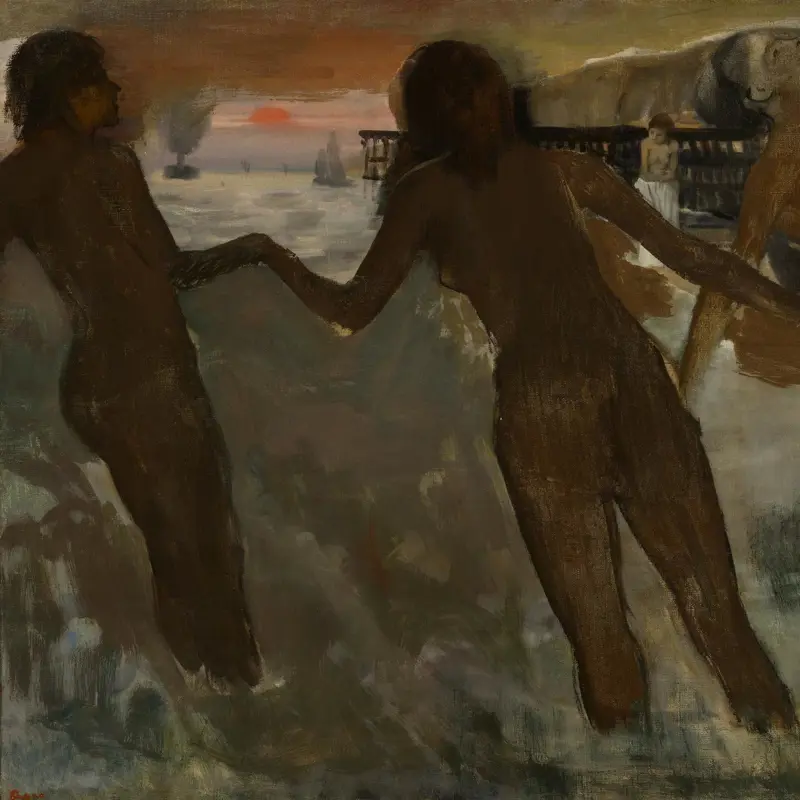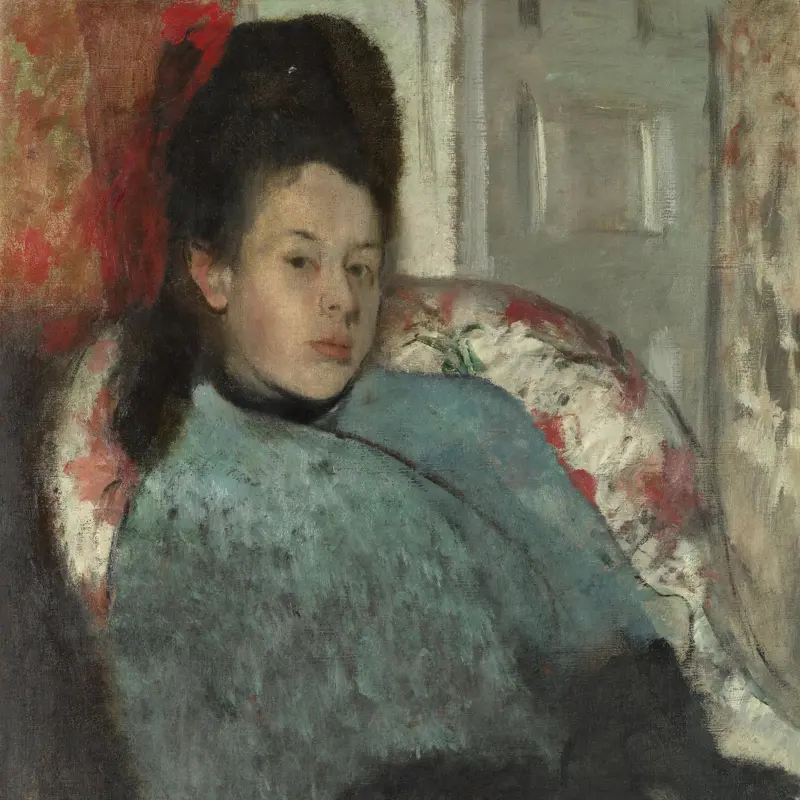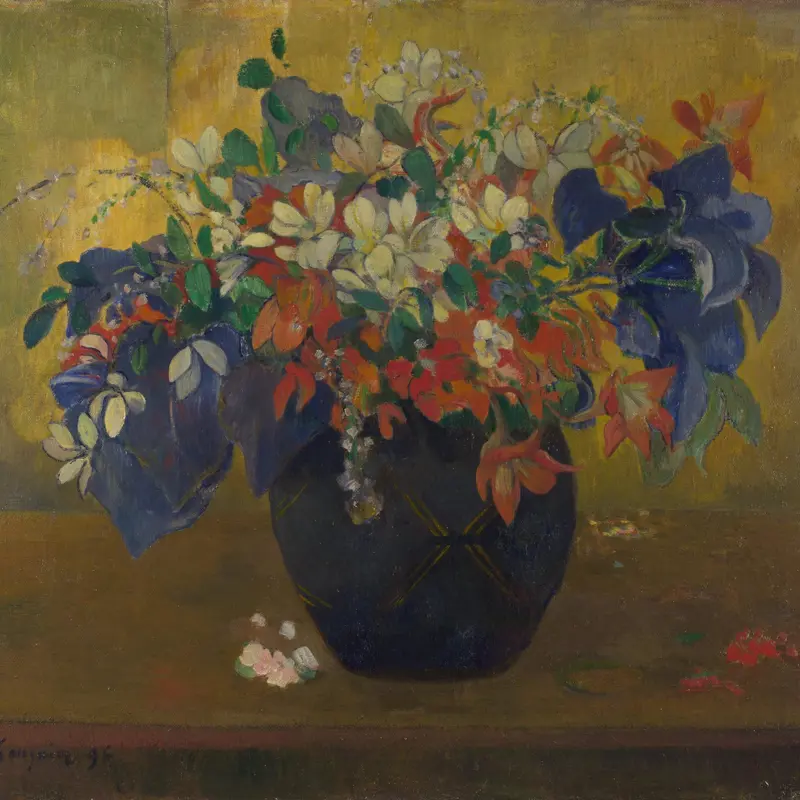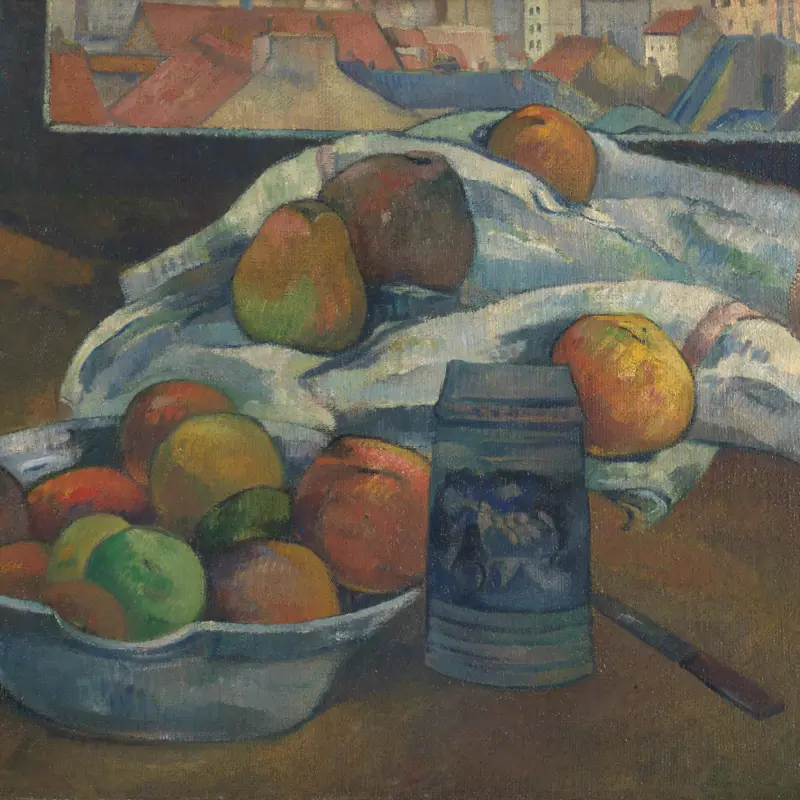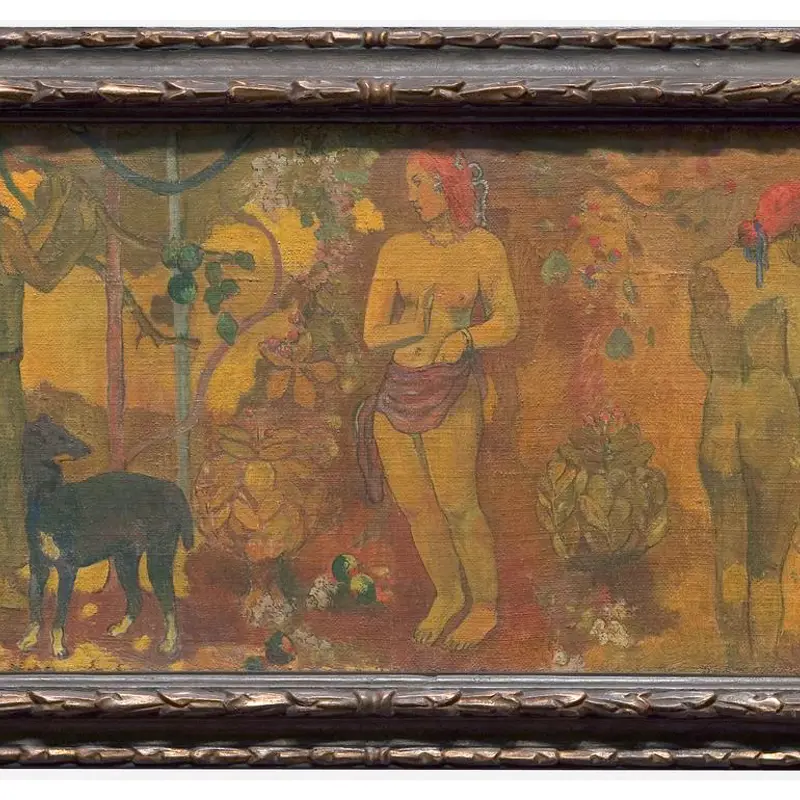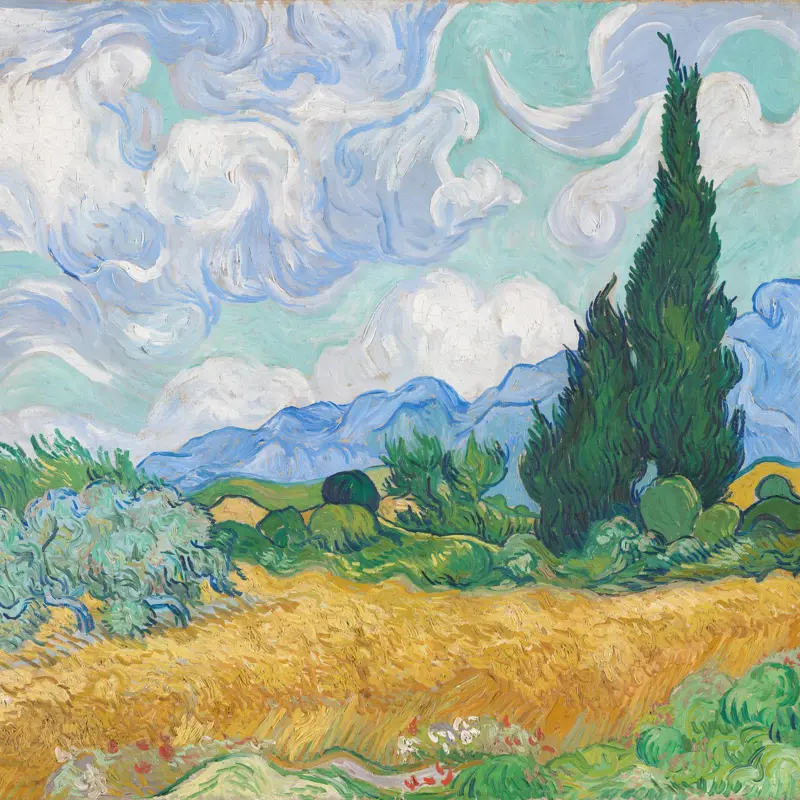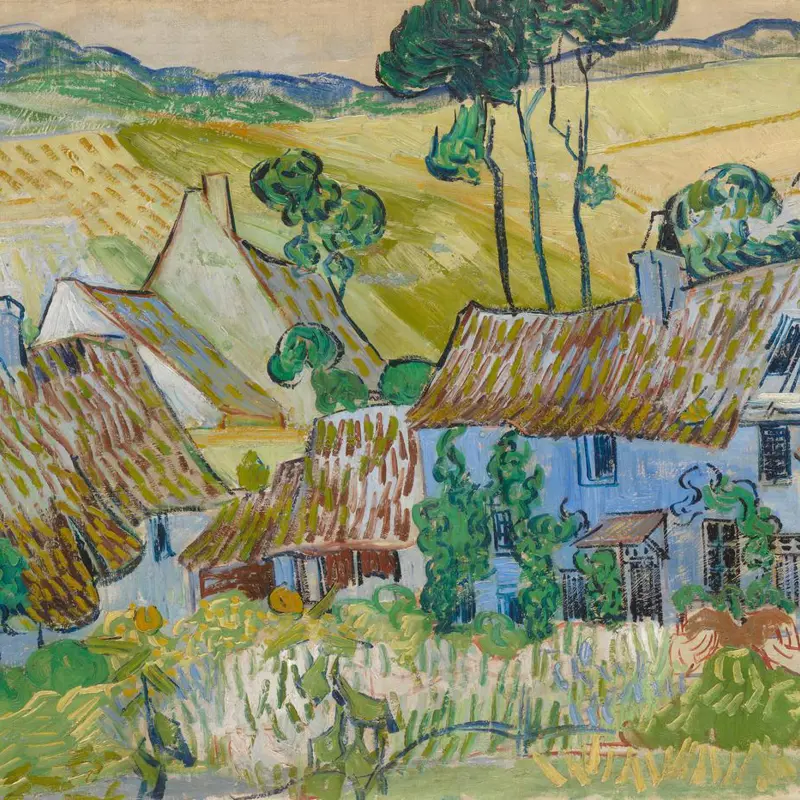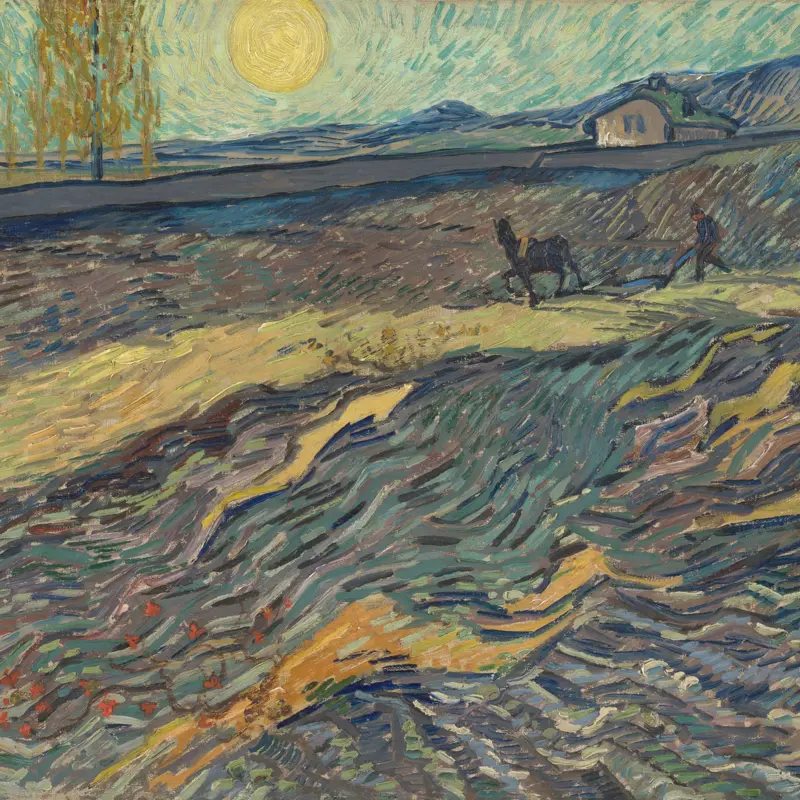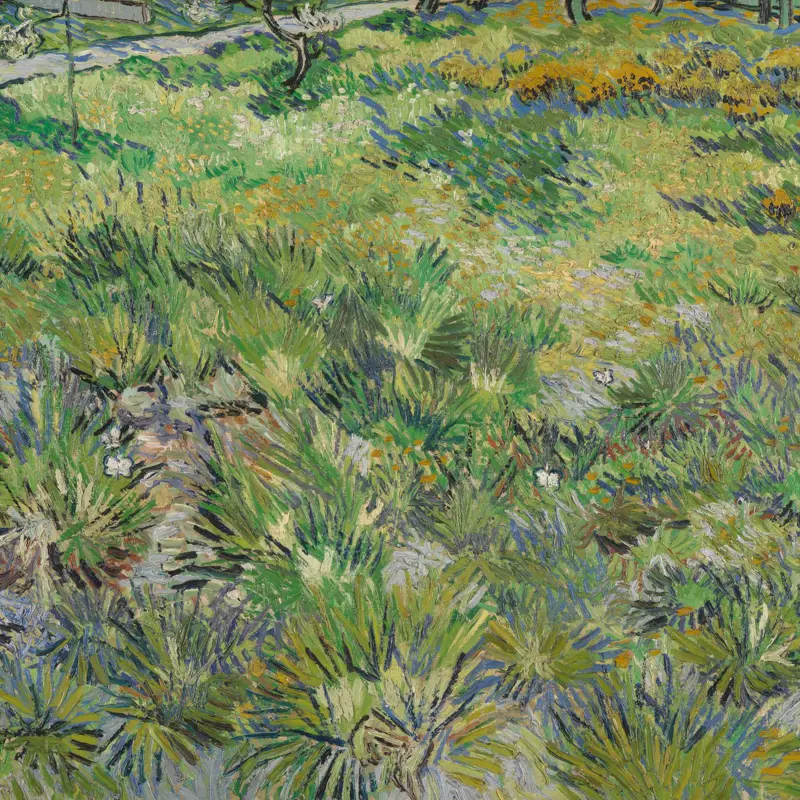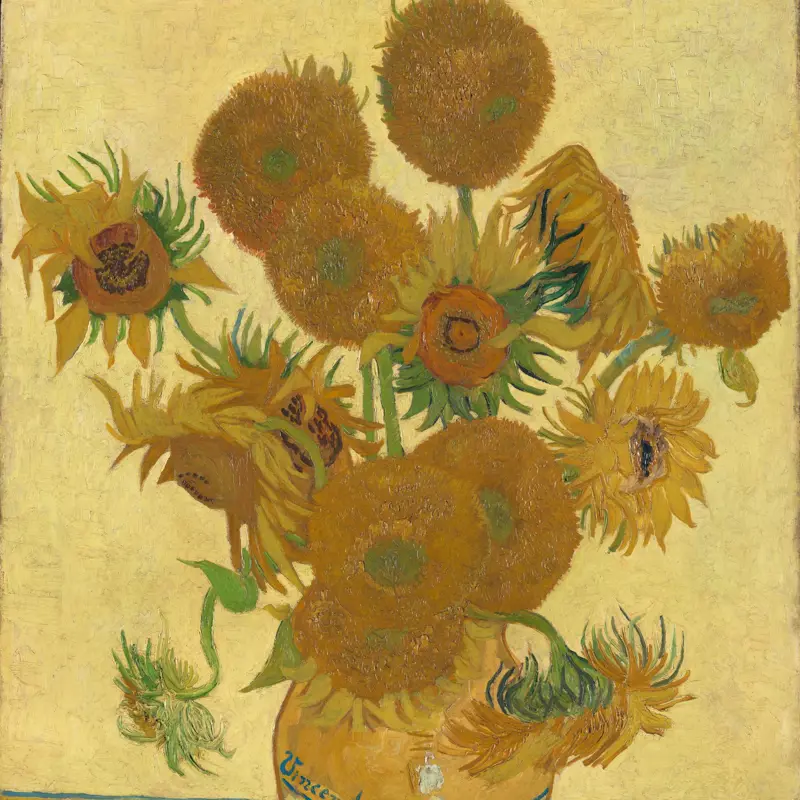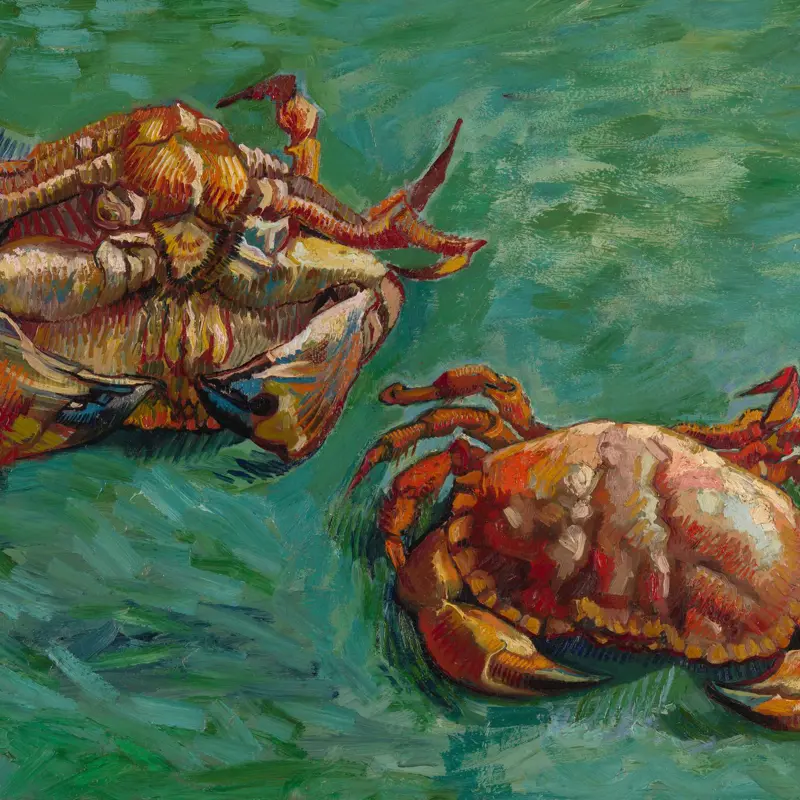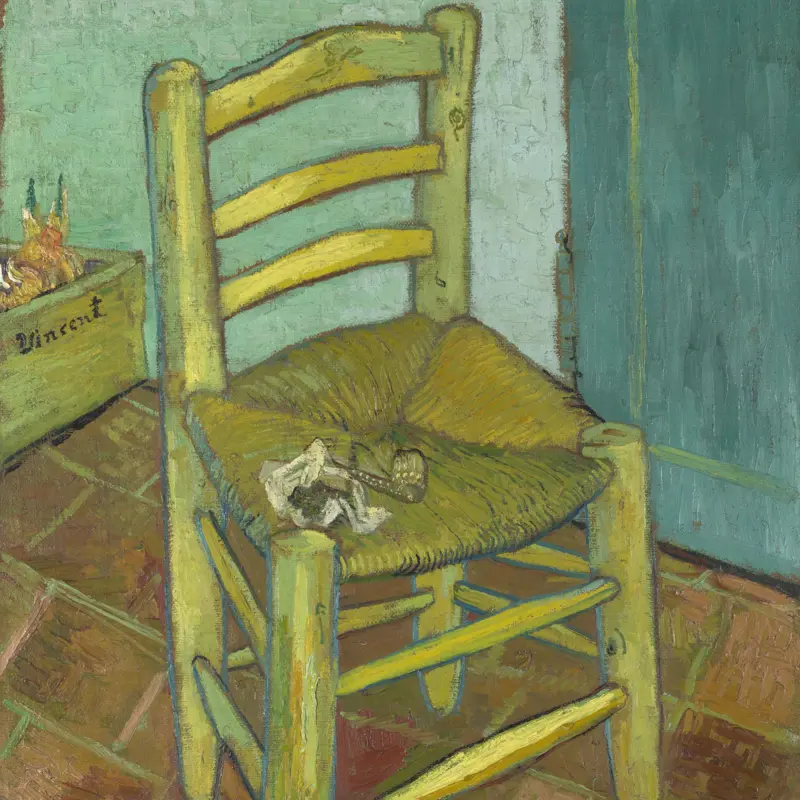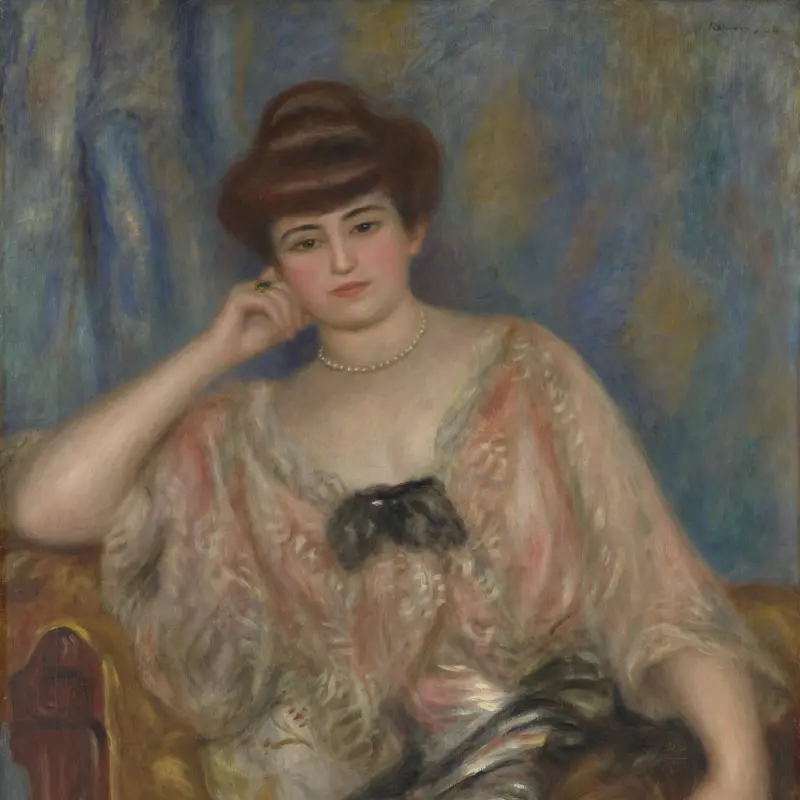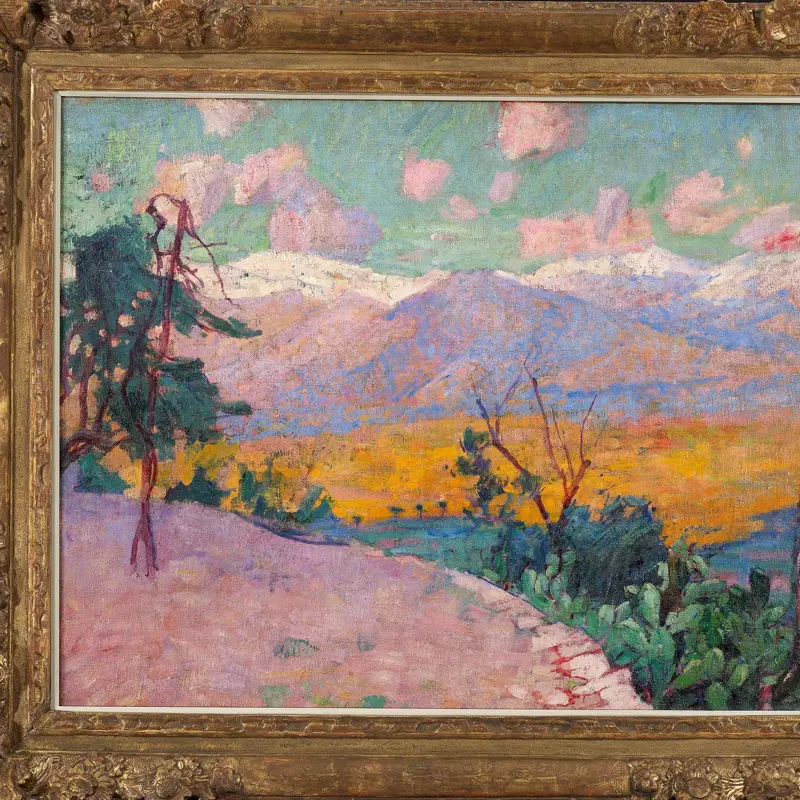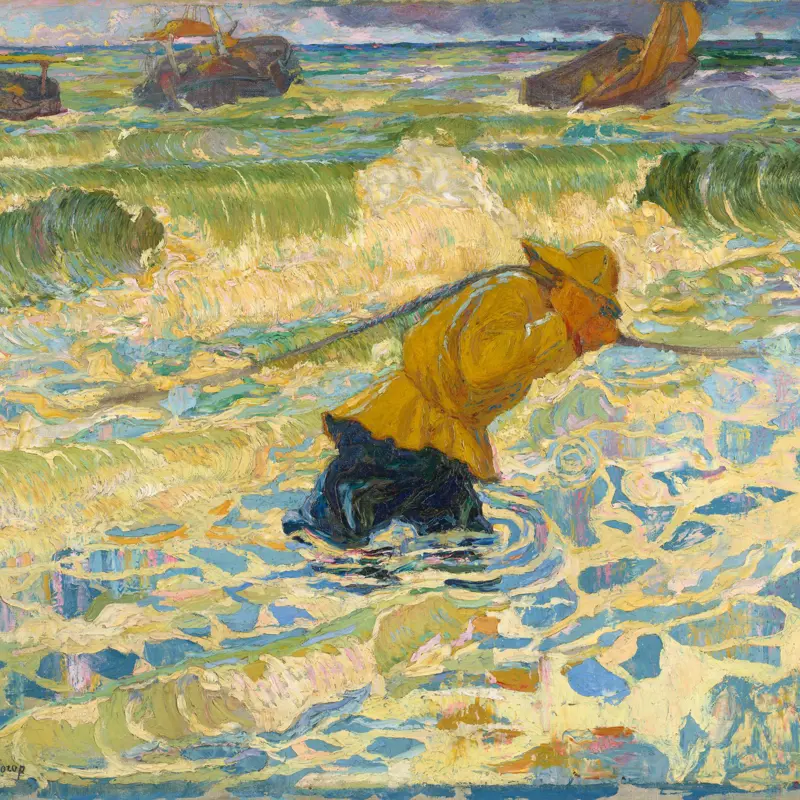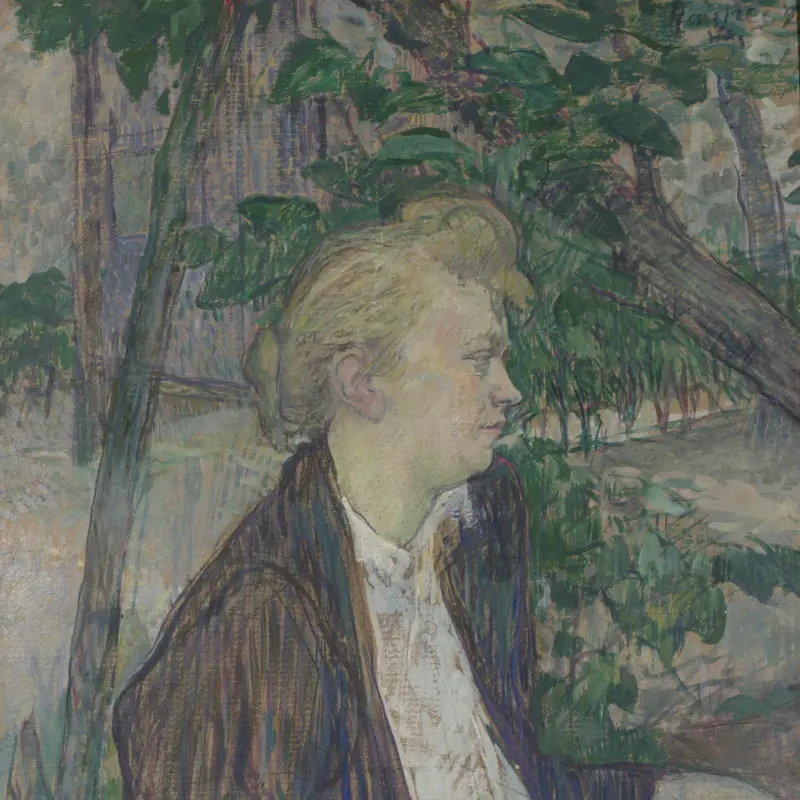Inspired by the Impressionists, a new generation of artists sought to define the future of modern art. From the 1880s the Post-Impressionists abandoned the traditional, accurate representation of a person or object. Instead, they used bold colours and expressed strong emotions. In doing so, they moved away from the Impressionists' focus on modern life. Post-Impressionists were particularly interested in the expressiveness of their art.
One of these artists was the Dutch-born Vincent van Gogh, who moved to Paris in 1886. He befriended many other artists in the bohemian neighbourhood of Montmartre, like Henri de Toulouse-Lautrec. Relocating to the south of France in early 1888, Van Gogh sought to capture the sunny colourations of the Provence landscape. It was there that he created some of his most famous works, using his distinct vivid brushstrokes and bright colour contrasts.
Paul Gauguin lived and worked in Paris, Copenhagen, Brittany, Panama and Martinique, and at the end of 1888 in Provence with Van Gogh. In 1891 and again in 1895 he travelled to the South Pacific where he created his most famous and controversial works, dying there in 1903.


